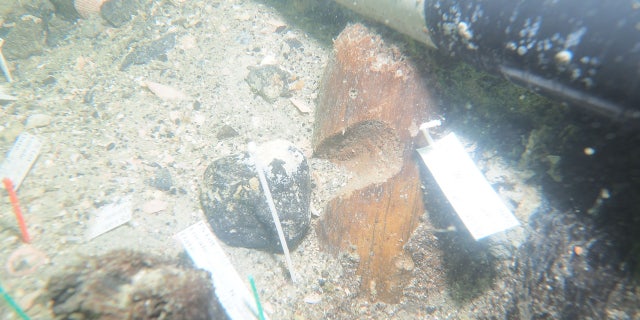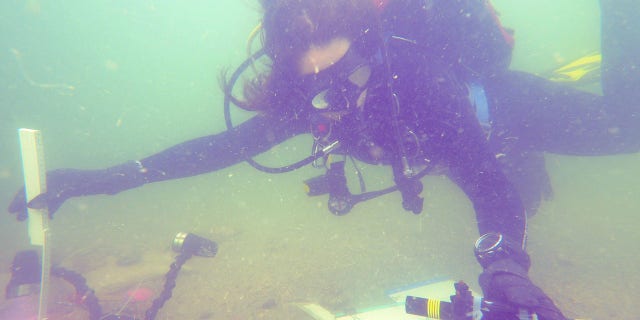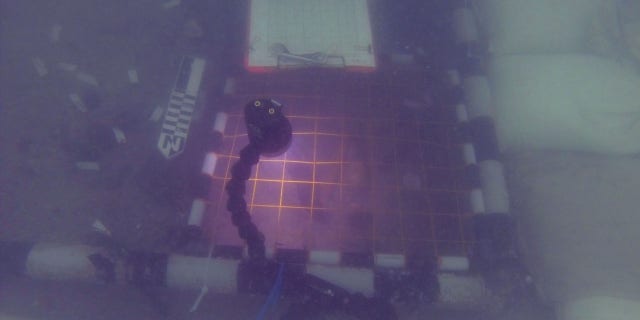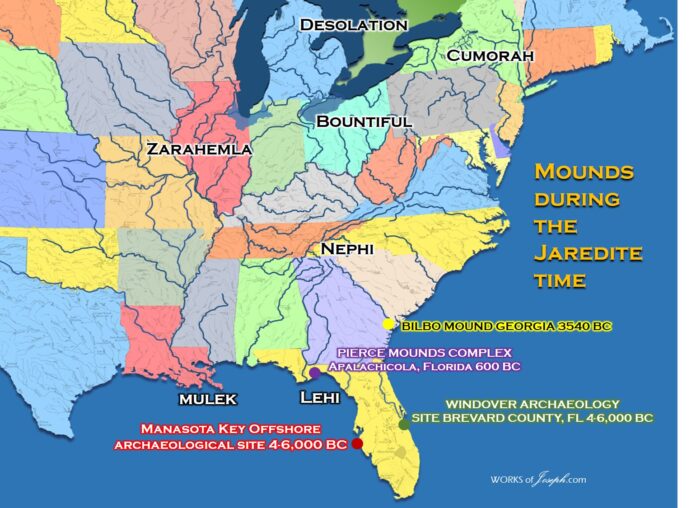If you are looking for plausible evidence of the Jaredites and Nephites in North America from 3000 BC to 500 AD, you will find all sorts of information by reputable archaeologists and scientists. The amazing thing for me is that the more you look, the more evidence of civilizations existing during the timeline of the Nephites and the Jaredites in North America. You will see some amazing videos below and other maps of evidence of the Hopewell and Adena in Florida.
Hopewell Tradition and Cultures
Adena Tradition and Cultures
The chart below shares a summary of reasons that Lehi’s group after traveling in the wilderness to the Saudi Arabia shore near Salalah, they then headed south-west around the continent of Africa and not east around India. They would of left Salalah after harvest in September and the trade winds would naturally take them south west around Africa. In a replica 600 BC ship called the Phoenicia, made a previous voyage in 2009 from Oman area around Africa, They tried hugging the coast of Africa, to return to Lebanon, but the ship was forced directly toward North America. In other words, Lehi’s possible route to Florida has already been proven by Captain Beale 2009 Phoenicia Expedition. Read Here.

GREAT NEWS. Our Heartland friends Mike and Betty LaFontaine, and John Lefgren now own the replica 600 BC ship called the Phoenicia, and they are restoring it for us to visit near Nauvoo, Illinois, where Mulek is also thought to have landed in Zarahemla which we believe is in Montrose, IA. D&C 125. Read all about it here:

DIGGING HISTORY Published February 28, 2018 By Travis Fedschun
Ancient Native American burial spot found off Florida coast
A Native American burial spot has been found underwater off the Florida coast. Researchers say it’s been there for 7,000 years.
A Native American burial site hidden for 7,000 years beneath the Gulf of Mexico off the coast of Florida has been unearthed in what archaeologists are calling an “unprecedented” discovery.
Florida Secretary of State, Ken Detzner, said in a news release on Wednesday the unmarked site near Venice, which measures roughly 0.75 acres, was first discovered by a diver in June 2016, who then reported possible human remains on the continental shelf to the Bureau of Archaeological Research.


One of the stakes excavated at Manasota Key Offshore revealed a notch in its length. It is not yet known what the notch was for. (Ivor Mollema, Florida Department of State)
“Our dedicated team of underwater archaeologists has done an incredible job of documenting and researching the Manasota Key Offshore archaeological site, and I am extremely proud of the work,” Detzner said in a statement. “Our hope is that this discovery leads to more knowledge and a greater understanding of Florida’s early peoples.”
The site has been preserved in what appears to have been a “peat-bottomed freshwater pond” from thousands of years ago, according to the news release.

FPAN partner, Nicole Grinnan, measures the test unit’s depth using a laser level and folding ruler. (Ivor Mollema, Florida Department of State)
Researchers believe during that time period, when sea levels were lower, the indigenous people of Florida buried their family members at the site. As sea levels eventually rose, the pond was covered by the Gulf of Mexico but the peat bottom of the pond remained intact.
“Peat slows the process of organic decay, which allowed the site to stay well preserved,” state officials said.
The find off the coast of Florida is significant because the only known examples of submerged offshore prehistoric burial sites located in Israel and Denmark, according to researchers.
“Seeing a 7,000-year-old site that is so well preserved in the Gulf of Mexico is awe-inspiring. We are truly humbled by this experience,” said Dr. Ryan Duggins, an underwater archaeology supervisor for the Florida Bureau of Archeological Research.

An archaeologist uses a grid to map a section of the test unit. (Ivor Mollema, Florida Department of State)
“It is important to remember that this is a burial site and must be treated with the utmost respect. We now know that this type of site exists on the continental shelf. This will forever change the way we approach offshore archaeology,” he added.
State officials said they are now working to figure out how to best manage the site and protect it for generations to come.
“As important as the site is archaeologically, it is crucial that the site and the people buried there are treated with the utmost sensitivity and respect,” said Dr. Timothy Parsons, the director of Florida’s Division of Historical Resources. “The people buried at the site are the ancestors of America’s living indigenous people. Sites like this have cultural and religious significance in the present day.”
While the site may be accessible in the Gulf of Mexico, state officials warned that it is a first-degree misdemeanor in Florida to remove artifacts from an archaeological site without authorization, and a third-degree felony to disturb or vandalize an unmarked human burial.
The site is also monitored by law enforcement and “any suspicious or unusual activity will be reported,” according to state officials.Travis Fedschun is a reporter for FoxNews.com. Follow him on Twitter @travfed
If you are looking for plausible evidence of the Jaredites and Nephites in North America from 3000 BC to 500 AD, you will find all sorts of information by reputable archaeologists and scientists. More Information below
Ancient burial site off coast of Venice is virtually explored
More Archaeological findings in Florida and Georgia below.


Below see two videos about the Windover Bog People from Titusville, Florida who are dated from 6,000 to 7,000 BC. This video shows you fabric and textiles found in the bog pond and brain tissue that is European and shows the Natives came from Europe like Heartlanders believe.
See Link to Wikipedia about the Windover Site:
https://en.wikipedia.org/wiki/Windover_Archeological_Site#:~:text=The%20DNA%20indicated%20Asian%20origin,with%20many%20of%20the%20burials.











